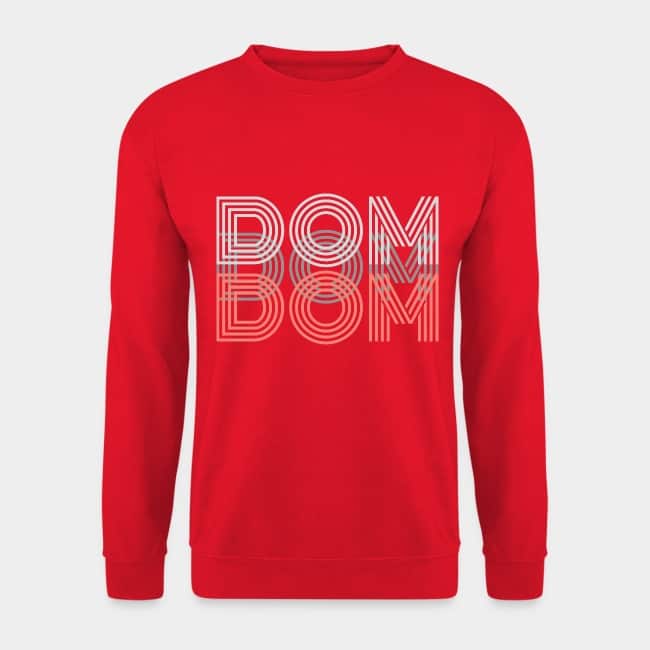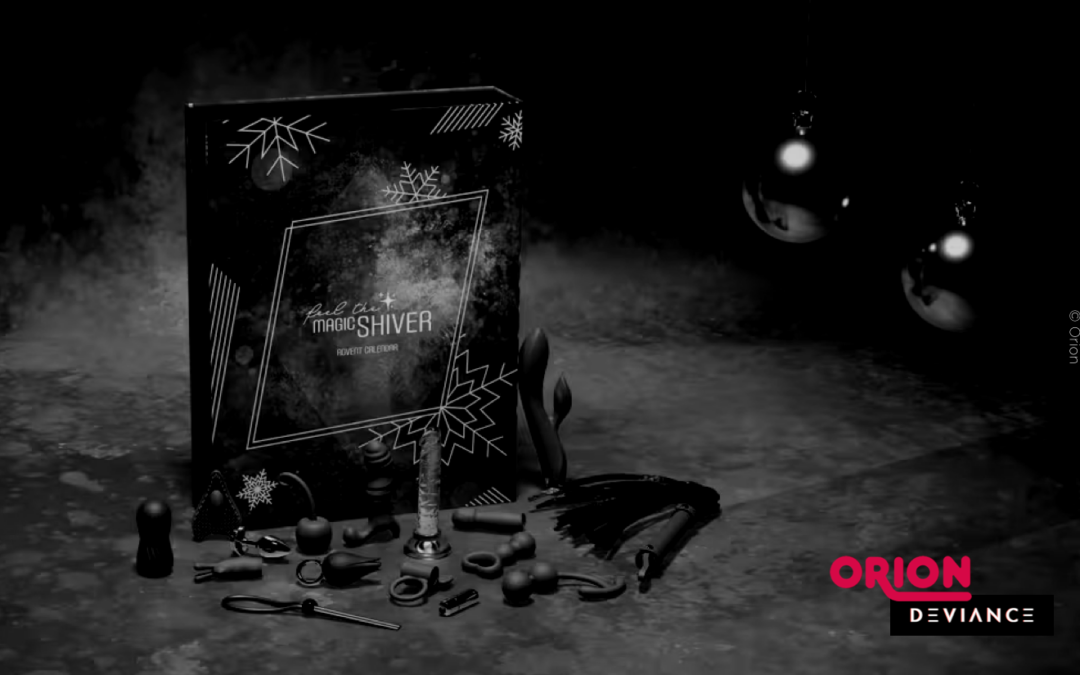What does dominance stand for?
Dominance comes from the Latin “dominus” or “domina”, which roughly means “(house) master” and “(house) mistress” and thus indicates ownership of a “domus”, a house. The Latin verb “dominare”, which roughly means “to rule”, is also related to this.
In biology, the term dominance means that an individual has a higher status in relation to a group or others and that the others are subordinate. In psychology, dominance behavior is a common term that stands for possessive character traits and the desire to “dominate” other people.
In genetics, a distinction is made between dominant and recessive hereditary factors, with the former prevailing over the latter. The term is also used in the market economy and in sport, where one natural or legal person virtually dominates the others and defines speed, growth and performance.
In BDSM, dominance is one of the six major subcategories and is represented by the D in BDSM, alongside “discipline“. Nearly all types of play within BDSM share the characteristic of having an active participant and one who lets things happen. There is a top and a bottom, so to speak, a power dynamic. Dominance refers both to the status of the active participant in such a dynamic and to the adjective that characterizes many of the practices.
Whether role-play, impact, pet play, golden showers or wax play: Here there is always a leading, controlling person who shapes and controls the situation, the influence and the type of play and holds the strings firmly in their hand. Dominance is contrasted with submission.
How does dominance express itself?
What the word Dominance precisely means is, like many things in BDSM, highly subjective. However, everyone agrees on one thing: Dominance is not about brutally seizing power or manipulation, but rather a fair and explicitly consensual agreement between parties.
Some characteristics are firmly interwoven with dominance: The quality of taking the lead and using it to guide, control and influence. The intention to respect the boundaries and goals of one or more submissive parts, the joint fulfillment of desires in a respectful and honest relationship.
Generally, this trait or behavior is attributed to people who play on top, such as Top or Dom. People who find control appealing, enjoy the power differential and express this through words, looks, gestures, facial expressions and also physically towards one or more other people.
However, dominance is not necessarily associated with corporal punishment or any other specific physical practice. Dominance is multifaceted, it can be a look, a point of the finger or a slap. It can be expressed in the click of a tongue or the crack of a whip. Dominance is a need to make other people submissive, to lead them. Physically and psychologically. It is the tension that you create in the other person and the need to obey, to be submissive and to surrender.
What do you need to bear in mind with dominance as a form of play?
However, it is always important to consider the other person. Dominance is not a license to turn someone into a plaything, but is based on mutual consent and trust. Even if a Dom derives satisfaction from performing his or her role, he or she never acts selfishly, but in the interests of the other person.
This is because dominance also involves listening carefully to your teammates, being open and receptive to feedback and being willing to develop further. In short: dominance means always having the interests of both parties in mind and determining the path to get there. Reminiscent of little of what is said about people with leadership qualities in professional life.
To dominate or to domineer?
It is not without reason that the English language distinguishes between “dominant” and “domineering”. While “dominant” roughly translates as “prevailing” or “dominating”, “domineering” roughly means “bossy” or even “tyrannical”. This makes it quite clear that someone who is domineering is not dominant, but would like to be. Bossy people tend to have the urge to order everything and everyone around in order to prove their position.
Dominance, on the other hand, is often expressed in a kind of unshakeable self-confidence. This in turn does not mean that a person believes themselves to be infallible, but rather that they do not allow (unfounded) doubts.
Dominance makes no noise. It is simply there.
Unknown
The actions and the psychological aspect of dominance is something they naturally have within them. They do not argue for their position. While they are playing, they do not think about themselves, but about their counterpart and the influence they exert. A dominant person takes the lead, a bossy person usurps it, seeks attention, is loud and engaging. But not in a positive sense. Again, some may feel reminded of their bad managers.
A bossy person often displays many of the red flags associated with dominant personalities. They define your role according to their ideas, criticize or comment on limits, needs and desires. All clear signs that such a personality is focused on themselves and not the submissive person.
Dominance is always a gift, not an entitlement
Although “dominance” is something that is difficult to define and pin down, it is anchored in many people and highly coveted. As a dominant person, it is therefore most important to be able to handle this quality well and never take advantage of your own position and impact. Sustained reflection, conversations with submissive people, especially partners, and the gradual learning of practices and knowledge will help you to enjoy your dominance to the full, but safely.
After all, the basis of every BDSM relationship, but especially those with a strong dominance aspect, is the voluntary and consensual transfer of control and therefore also a bit of power. And this handover, in turn, is a gift and should always be treated as such in an appreciative manner.
You’re a Dom yourself and want to show it? #ExpressYourKink with items from the Deviance Shop! Here you’ll find a wide selection of everyday clothing, accessories, and decorative items with matching terms and designs.
Do you like what you see? You can find these and many more clearly ambiguous designs on a wide range of products from shirts and tops to sweaters and hoodies, as well as caps and home accessories in the Deviance Shop! #ExpressYourKink












